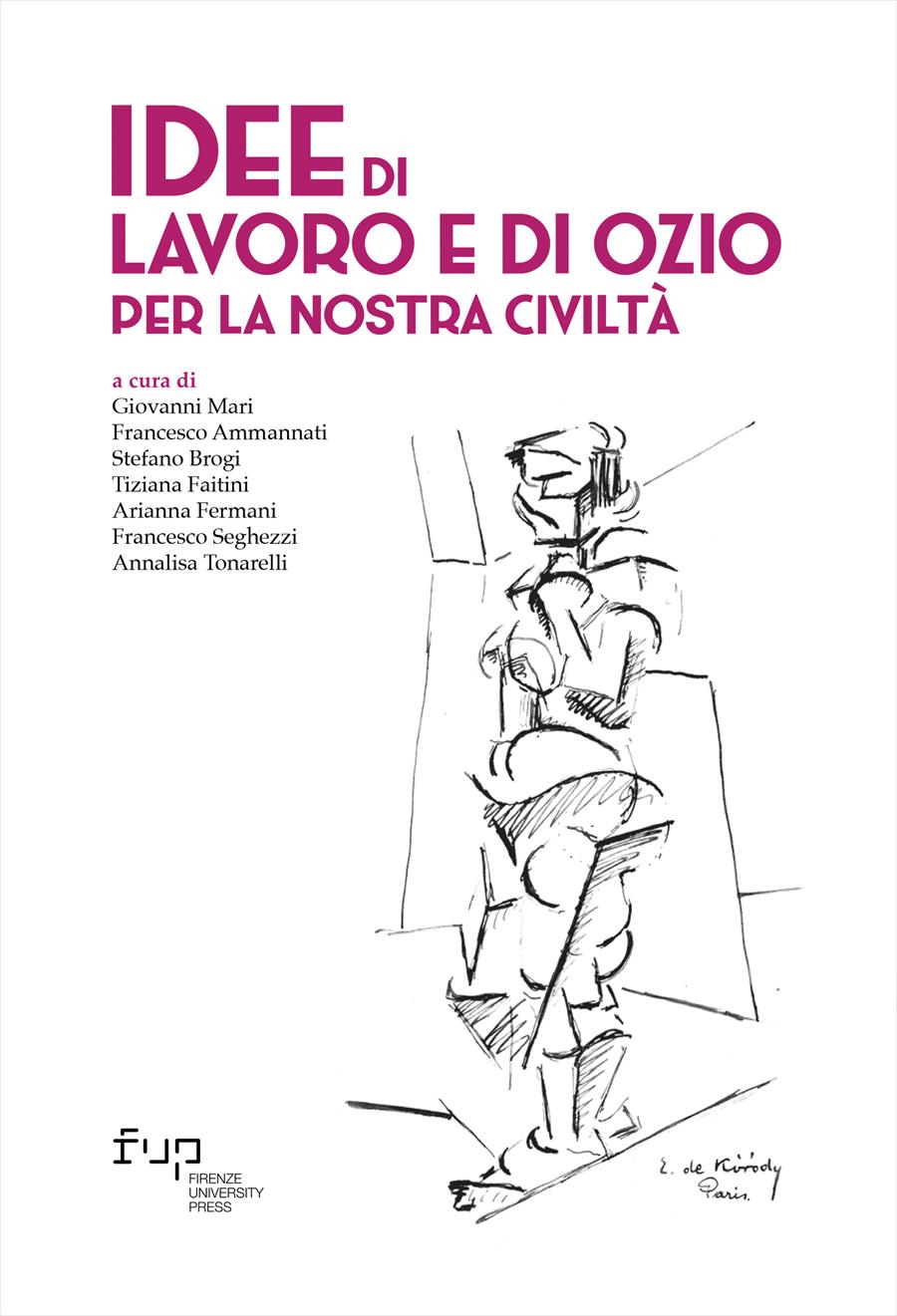- Idee di lavoro e di ozio per la nostra civiltà
- Edited by Giovanni Mari, Francesco Ammannati, Stefano Brogi, Tiziana Faitini, Arianna Fermani, Francesco Seghezzi, Annalisa Tonarelli
Georgescu-Roegen, entropia, lavoro, miti
- Renato Cecchi
- © 2024 Author(s) |
- CC BY 4.0
- DOI: 10.36253/979-12-215-0319-7.106
Nicholas Georgescu-Roegen was born in Constanța (Romania) in 1906. He was Professor of Economics at the University of Nashville (Tennessee, USA). He died in 1994 in the US. He held that economic calculations should include nature because matter and energy form part of the economic and productive process in a state of low entropy and leave it as high entropy. Because entropy is irreversibly increasing, no natural resource – not even free solar energy – can be considered a ‘fund’. Only matter-energy is a fund, in the strict sense of the term, that is, in a relativistic relation in which matter can transform itself into energy and vice versa. He believed that only work creates value and that those who have worked have been doubly industrious, given that they used their intellect and not only their muscles and energy.
- Keywords:
- entropy,
- matter-energy,
- fund,
CGIL, Italy
- Bresso, M. 1992. “Le «ambiguità» di Laura Conti a proposito di Georgescu-Roegen.” CNS 5, (luglio).
- Colorni, E., Rossi, E., e A. Spinelli. 1991. “Il manifesto di Ventotene 1941.” In Per una Europa libera e unita, Senato della Repubblica 2017. <http://www.senato.it>.
- Domingos, P. 2018. Le Scienze 603 (novembre).
- Georgescu-Roegen, N. 1972. “Energy and economic myths.” Intervento alla conferenza alla Yale University, 8 novembre 1972. Southern Economic Journal.
- Georgescu-Roegen, N. 1973. Analisi economica e processo economico. Firenze: Sansoni (trad. parziale di N. Georgescu-Roegen, Analytical economics: issues and problems. Cambridge (USA): Harvard University Press, 1966).
- Georgescu-Roegen, N. 1976. “Economics and Mankind’s Ecological Problem.” In U.S. Economic Growth from 1976 to 1986: Prospects, Problems, and Patterns, vol. VII, edited by Joint Economic Committee, Congress of the United States, 62-9. Washington.
- Georgescu-Roegen, N. 1982. “Energia e miti economici.” In Energia e miti economici. Torino: Bollati Boringhieri.
- Georgescu-Roegen, N. 1996. “La loi de l’entropie et le probléme économique.” In La decroissance.
- Georgescu-Roegen, N. 1998. Energia e miti economici. Torino: Bollati Boringhieri.
- Georgescu-Roegen, N. 2003. Bioeconomia, a cura di Mauro Bonaiuti. Torino: Bollati Boringhieri.
- Marx, K. 1969. Il Capitale: Libro I, capitolo VI inedito. Firenze: La Nuova Italia.
- Marx, K. 1970. Lineamenti fondamentali della critica dell’economia politica, vol. II. Firenze: La Nuova Italia.
- Meadows, D. H., Meadows, D. L., Randers, J., and W. W. Behrens III. 1972. I limiti dello sviluppo. Milano: EST Mondadori.
Chapter Information
Chapter Title
Georgescu-Roegen, entropia, lavoro, miti
Authors
Renato Cecchi
Language
Italian
DOI
10.36253/979-12-215-0319-7.106
Peer Reviewed
Publication Year
2024
Copyright Information
© 2024 Author(s)
Content License
Metadata License
Bibliographic Information
Book Title
Idee di lavoro e di ozio per la nostra civiltà
Editors
Giovanni Mari, Francesco Ammannati, Stefano Brogi, Tiziana Faitini, Arianna Fermani, Francesco Seghezzi, Annalisa Tonarelli
Peer Reviewed
Number of Pages
1894
Publication Year
2024
Copyright Information
© 2024 Author(s)
Content License
Metadata License
Publisher Name
Firenze University Press
DOI
10.36253/979-12-215-0319-7
ISBN Print
979-12-215-0245-9
eISBN (pdf)
979-12-215-0319-7
eISBN (epub)
979-12-215-0320-3
Series Title
Studi e saggi
Series ISSN
2704-6478
Series E-ISSN
2704-5919
